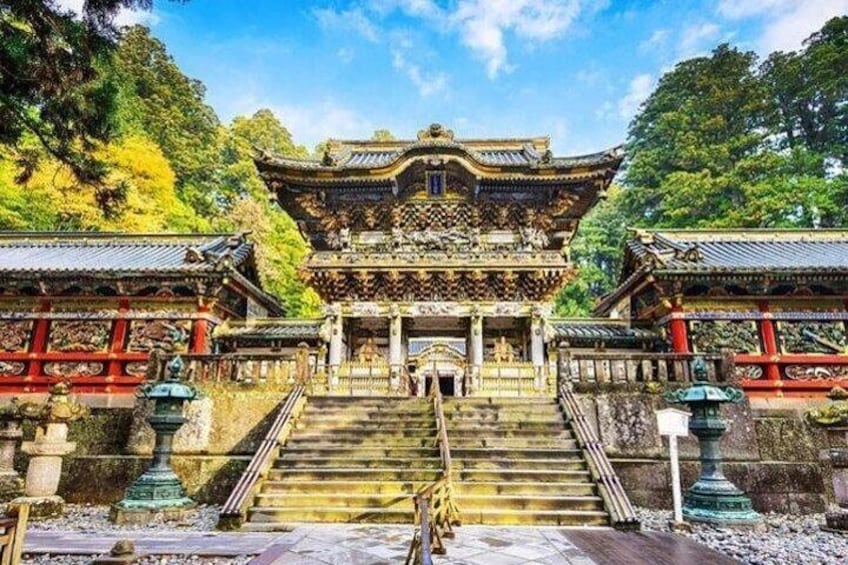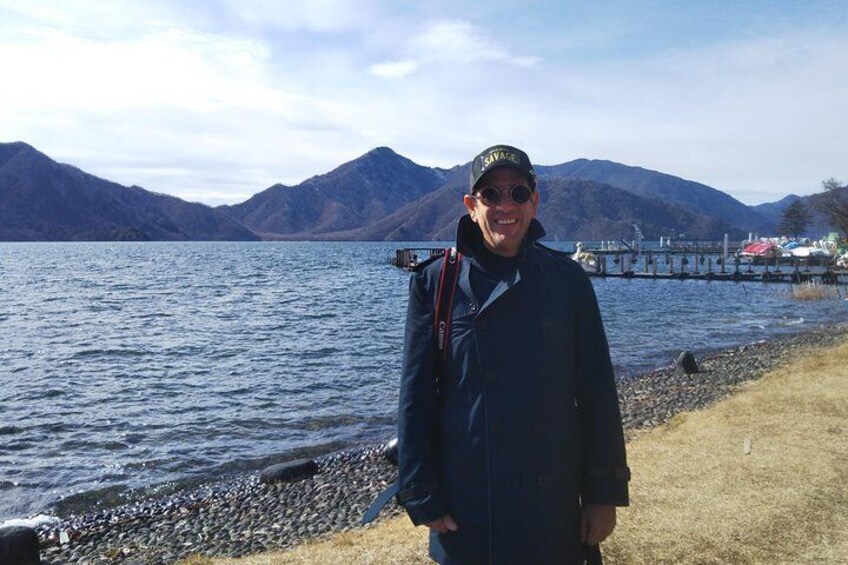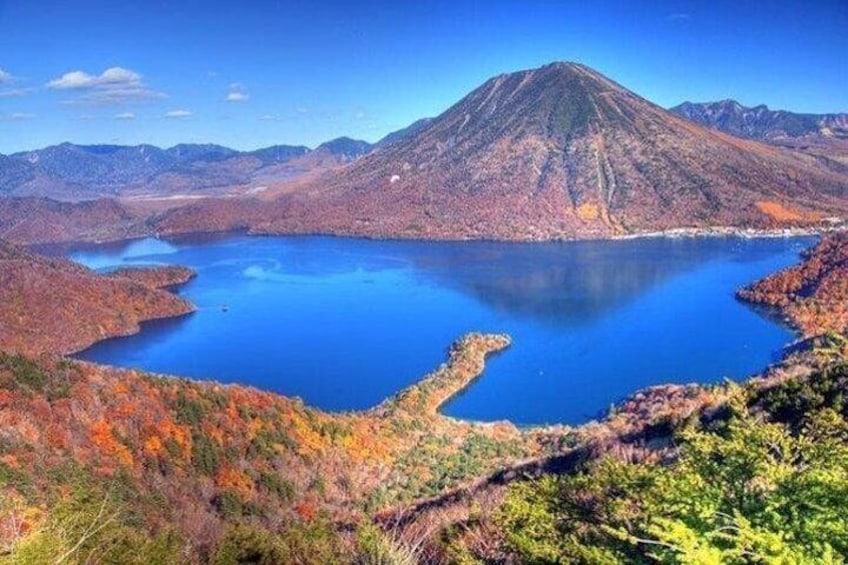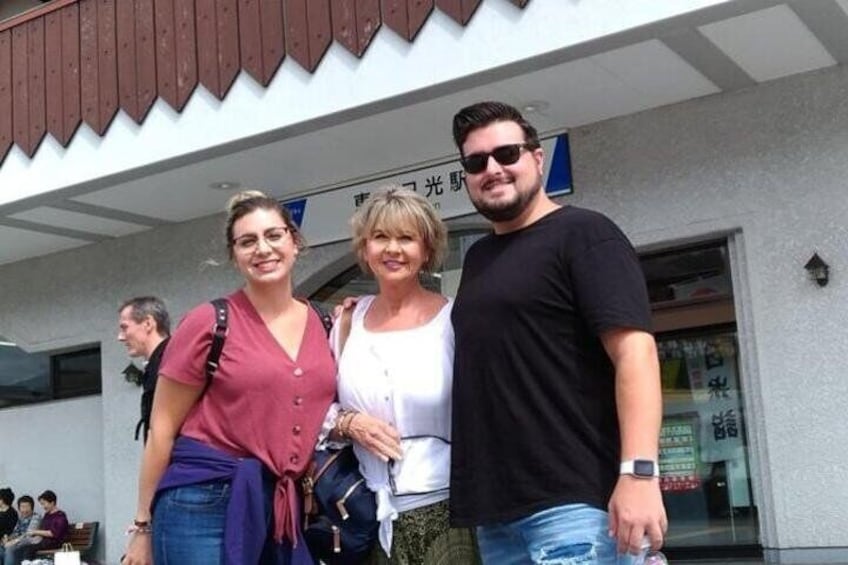Earn OneKeyCash when you sign in and book an activity





Nikko Full-Day Private Tour with Government-Licensed Guide
By Japan Guide Agency
9.8 out of 10
Exceptional
Free cancellation available
Features
Activity location
Meeting/Redemption Point
Check availability
Nikko Full-Day Private Tour with Government-Licensed Guide
Pickup included
Price details
NZ$515.22 x 1 AdultNZ$515.22
Total
Until Fri, 26 Dec
Activity itinerary
Location
Activity location
Meeting/Redemption Point
Best Deals on Things to Do
Experience the wonders of the world up close with great deals on things to do near and far. Expedia offers one-of-a-kind activities that allow you to explore Nikko your way. Whether you love nature, culture, food or a bit of adventure, we have the perfect activity for you.
Top experiences in Nikko
With so many activities in Nikko, planning the perfect day out may seem like a daunting task. Expedia is here to take the hassle out of finding the best attractions, tours and activities in Nikko. Families, couples and business travellers can all find the perfect activity in Nikko to create life-long memories with the help of Expedia.